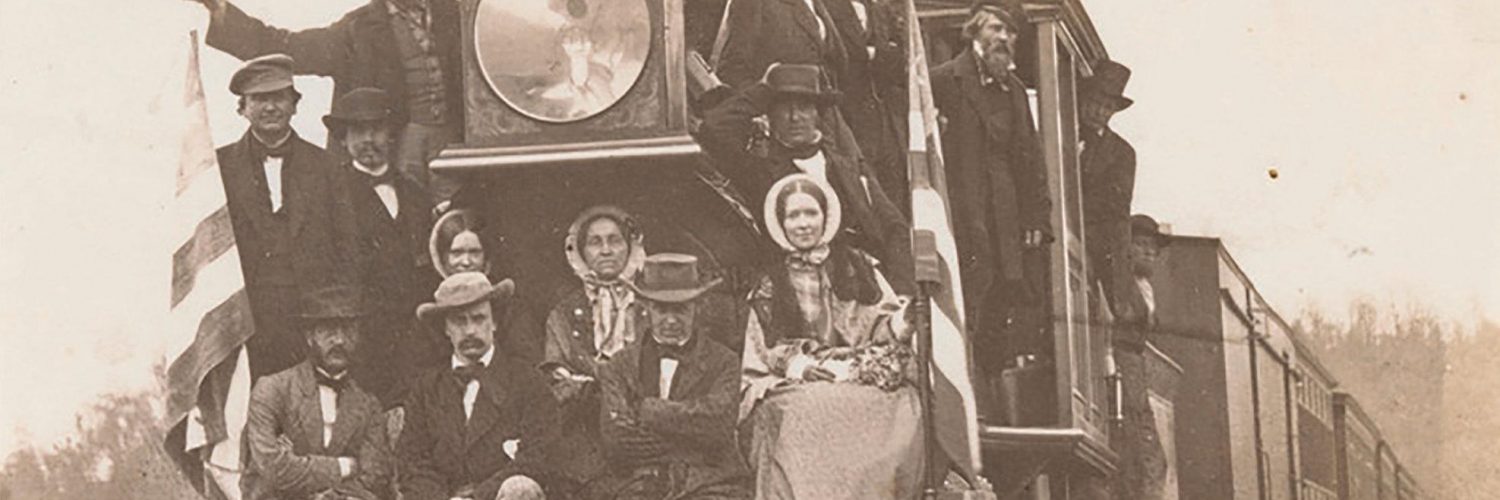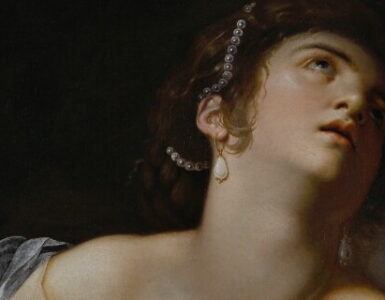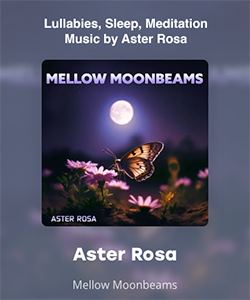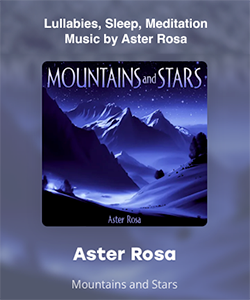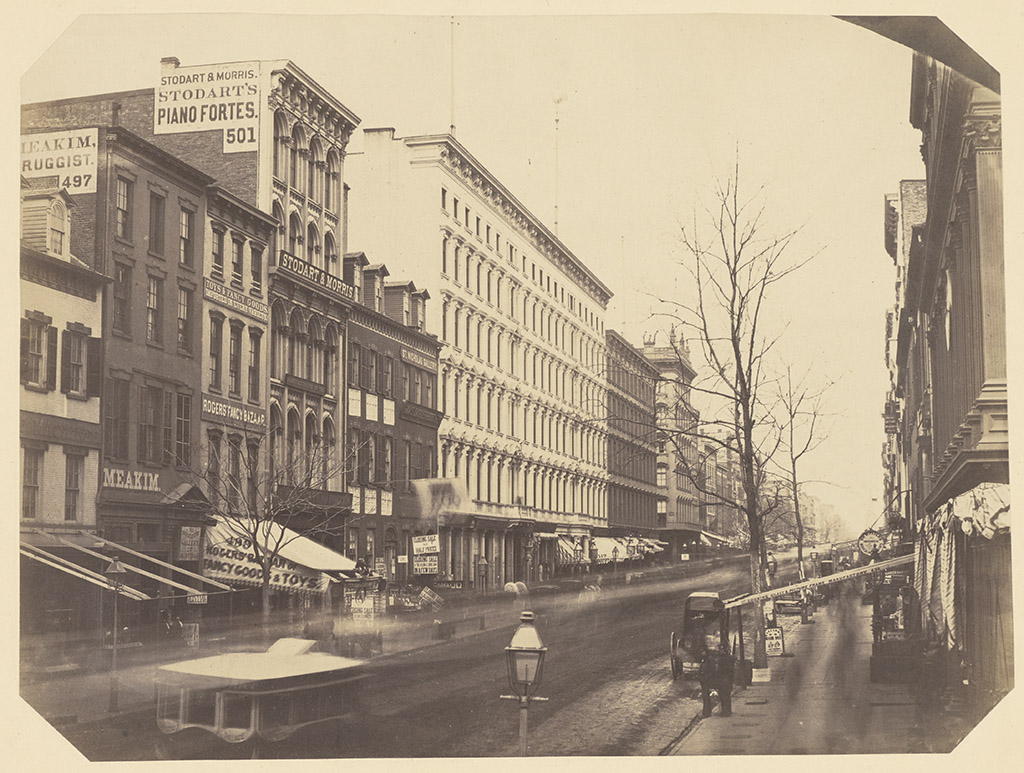
It has been estimated that during the mid 1800s in the US, as high as 40 percent of the nation’s currency in circulation was counterfeit. The relatively new technology of photography was frequently used to perpetrate the fiscal fraud — easy enough with bank notes having so many varieties and also, importantly, being one-sided. Paper currency in the form of banknotes was issued by privately owned banks; the notes being redeemable for specie (metal coins) at the bank’s office. They were not legal tender. Such notes had value only if the bank could be counted on to redeem them. If a bank failed, its notes became worthless. The release of the ‘greenback’ in 1860 put a stop to the widespread larceny as early photography couldn’t reproduce green.
The term “paper promise,” therefore, was analogous to “worthless” or “undependable.”
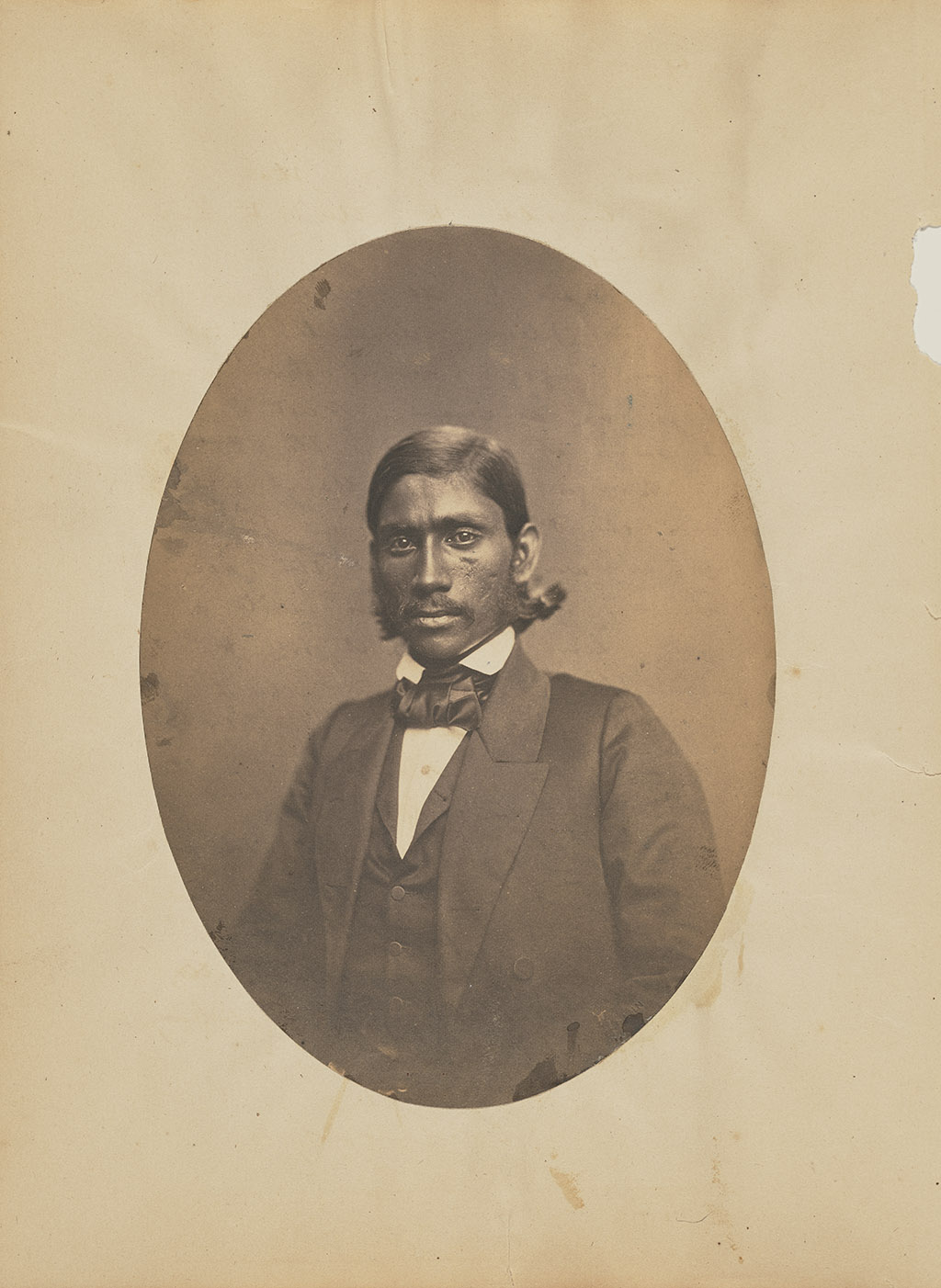
Paper Promises: Early American Photography is a new exhibition at the J. Paul Getty Museum in Los Angeles which runs through May 27. Showcasing dozens of rarely exhibited salted paper prints, this fascinating exhibition is curated by Mazie M. Harris and features numerous seldom seen early photographic works; seldom seen due to the fragility of paper photography from this period. Recent developments with LED lighting technology assist with backlit displays that do not cause deterioration to these frangible works.
As photography was a new medium, photographers of the day ventured towards exciting new horizons. They were still discovering whether this was a one-of-a-kind medium, a reproducible medium and even experimenting with the shape and format, creating photo reproductions on glass, iron, leather, cloth, mica and paper.
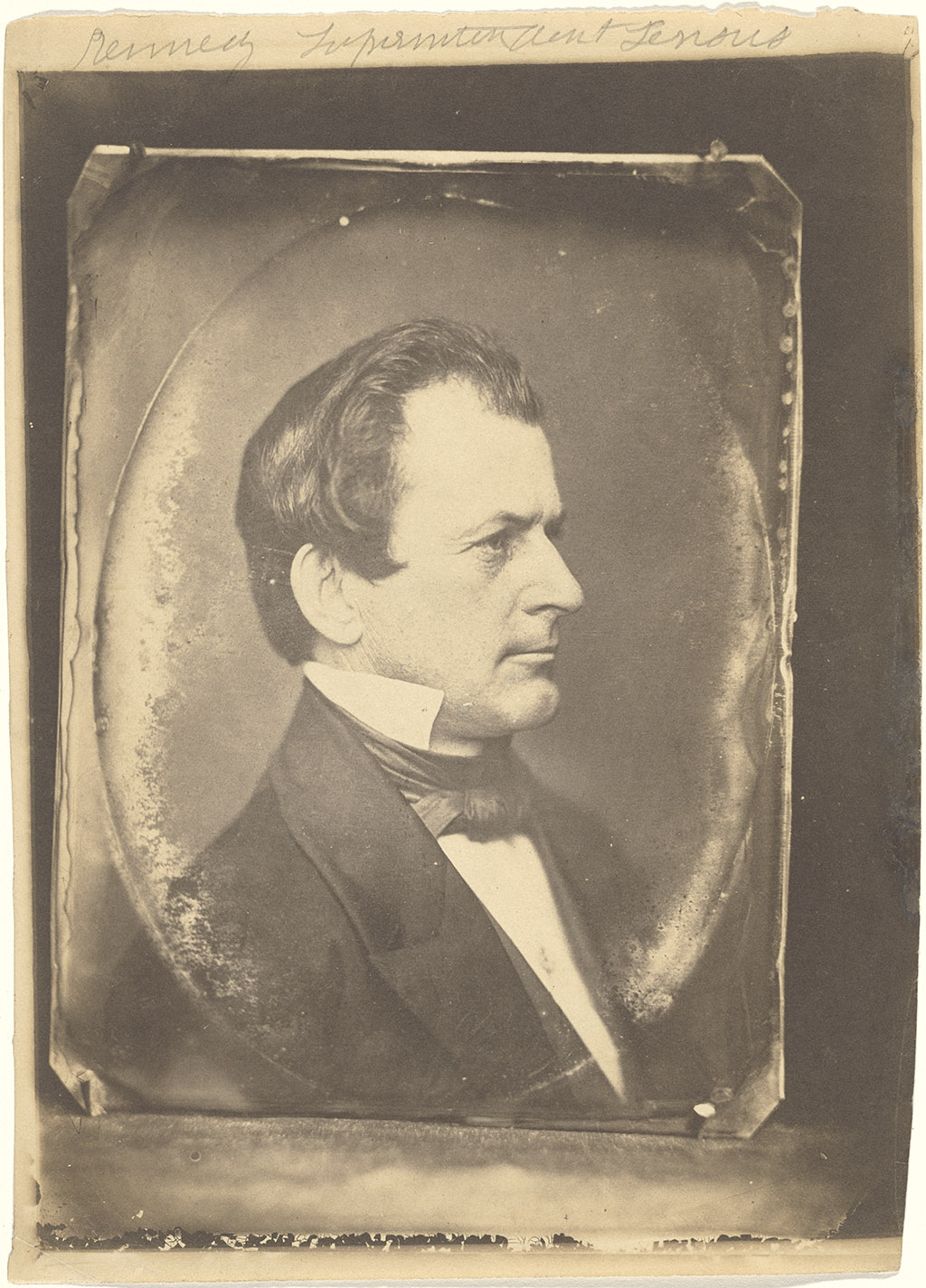
We see everything from hand-colored daguerrotypes to easier to produce ambrotypes (based on the Greek word for ‘immortality’) — from portraits to landscapes, sometimes used to entice investors in operations such as remotely located mines, as well as experiments with negative-positive processes to produce photographic images on a variety of paper formats.
Of note is a series of photos of the first Japanese Diplomatic mission to the United States in 1860. Young men, swathed in traditional finery (silk hakama, montsuki and haori), present a dignified gaze to the camera. Early portraits of abolitionist Frederick Douglass by an unknown photographer emphasizes the gravitas of the fiery orator and prolific writer. Douglass sat for portraits throughout his life, countering racialized stereotypes by circulating dignified images of himself. Indeed, the varied exhibition features numerous people of color. Universities capitalized on the ability to produce images in multiple and compiled volumes of students and staff into what is today the familiar yearbook format. An example from around 1852 by John Adams Whipple (American, 1822-1891) was commissioned by Harvard — a proto-Facebook more than 150 years before its creation.
Harris describes the American fascination with collectibles. While the European artists were pursing reproduction from photo negatives, Americans seemed more interested in unique items. Explains Harris, “It was the ‘objectness’ of these things — things that you could hold in your hand, things that had an intimate value.” The transition from miniature painted portraits to small portrait photographs was an obvious one. Once the Americans embraced paper printed photos, a unique aspect was realized with hand painting and color tinting.
A catalogue with essays by curator Mazie M. Harris is also available for purchase.
Reproducible photography was not initially popular in the United States. In the earliest years of the medium Europeans quickly adopted techniques that enabled multiple photographs to be printed from negatives, but Americans initially preferred singular formats intended for intimate viewing, such as those produced directly on metal or glass.
A few intrepid American photographers experimented with negative-positive techniques in the 1850s. The earliest photographs they produced used papers sensitized with silver salts that resulted in matte images well suited to register a range of textures.
Paper Promises is on view in conjunction with contemporary works seen in Cut! Paper Play in Contemporary Photography:
Many photographers working today use paper in unique and innovative ways. Some create paper models with images gleaned from current events, popular magazines, or the internet for the express purpose of photographing them. Others cut, layer, fold, and assemble representational photographs to introduce tactile or narrative elements. This exhibition features works by Thomas Demand, Christiane Feser, Daniel Gordon, Soo Kim, Matt Lipps, and Christopher Russell.
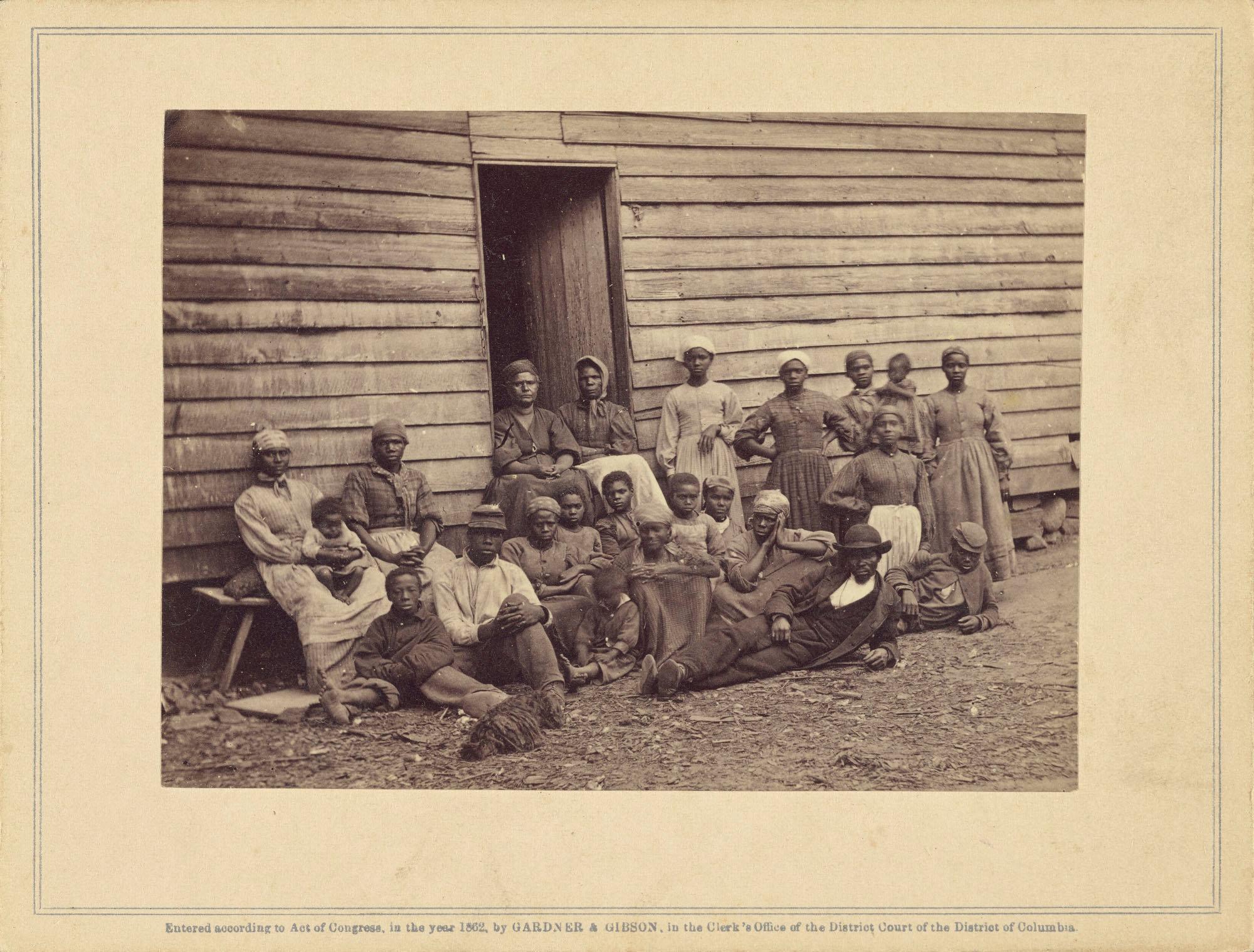
Image.
From the press release:
Paper Promises explores the formative years of photography in nineteenth-century America. Featuring rare photographs and negatives as well as iconic images from the Gold Rush and Civil War, it traces early experimentation with photography on paper. The show also reveals how photographic reproduction helped shape perceptions of the United States during a critical period of political tension and territorial expansion.
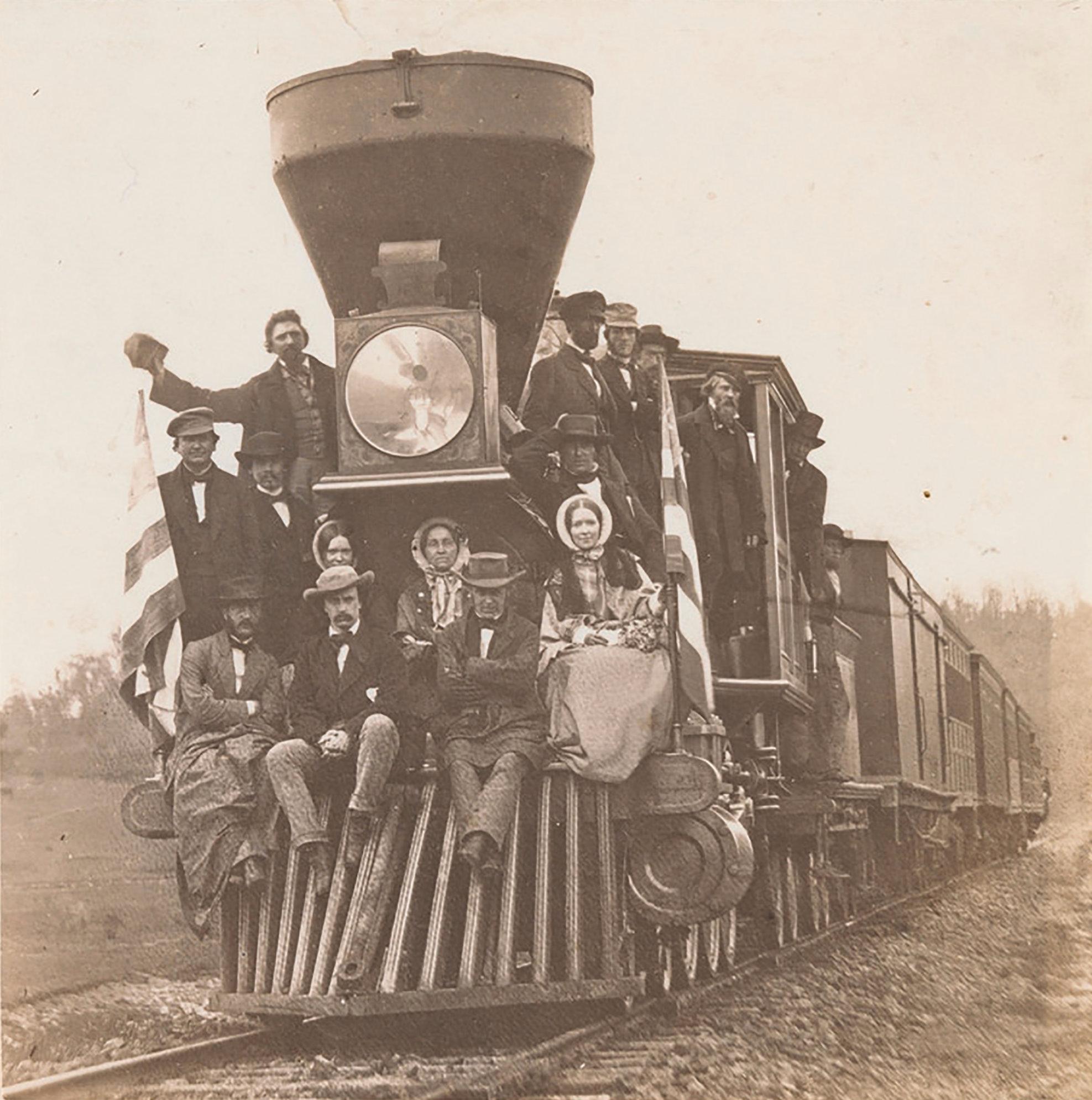
Paper Promises and Cut! Paper Play in Contemporary Photography
On view at the Getty Center.
February 27–May 27, 2018.
More information here and here.


